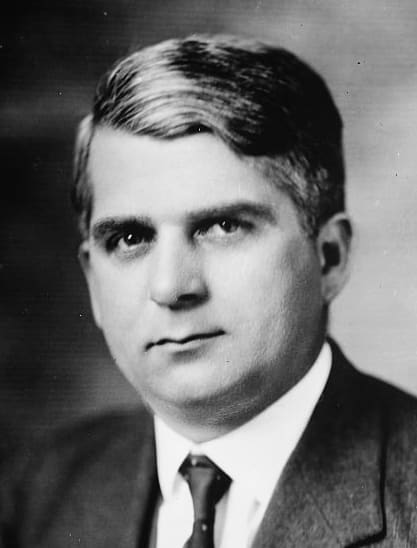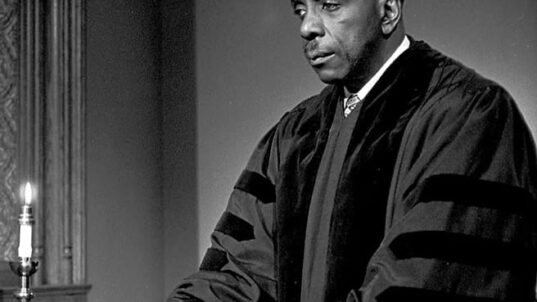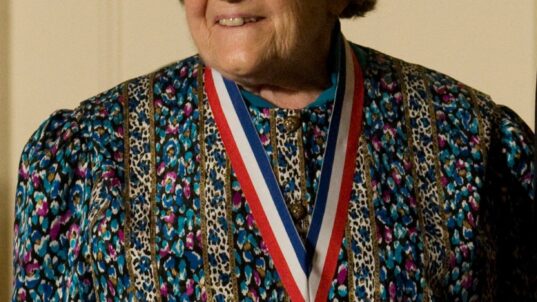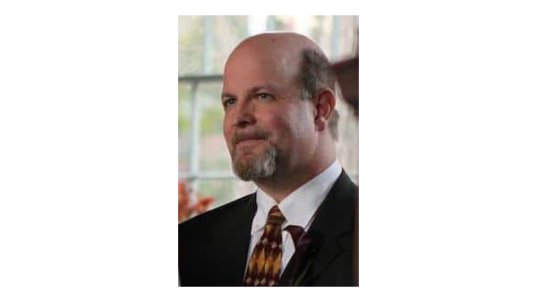
Clarence Saunders (1881 – 1953)
Clarence Saunders had less than two years of formal education, but his innovation changed the way we shop for groceries. Growing up as the son of sharecropper in the late 1800s, he was largely self-taught. During his teens, Saunders worked at a number of blue collar jobs, and he ended up working in the grocery business.
At the time when Saunders began working in grocery stores, a clerk would generally fulfill the customer’s order by obtaining items from the shelves inaccessible to the customer. Saunders saw this as an unnecessarily labor-intensive method of fulfilling a customer’s needs.
To meet this need, Saunders created a self-service store called “Piggly Wiggly,” where customers would pick up their own items from the store shelves. This allowed him to stock four times the number of items normally available in a grocery store. Items like flour were pre-packaged. There were also refrigerators for items like butter and cheese. With the appearance of the first Piggly Wiggly in 1916, we were well on the way to the modern “supermarket.”
Saunders gained a patent on his concept of a self-service store. He also received patents on his price tagging method, and on the printed receipt he provided customers.
Eventually the number of Piggly Wiggly stores grew to over 1,200. Over 600 of these were franchise operations. When a number of the franchise operations failed, Wall Street speculators saw this as an opportunity to force a change in Piggly Wiggly ownership. The speculators were successful and Saunders was forced out of his business.
The disappointment of the Piggly Wiggly experience however did not stop Saunders from innovating. He created the concept of an automated store complete with conveyor belts to deliver food to the checkout area. But this idea never succeeded. Towards the end of his life, Saunders developed the concept of customer checkout that has become widely used today. Unfortunately for him, he was far ahead of his time in that it took over 50 years for technology to catch up with his ideas.
Just imagine how long grocery shopping could have served America’s needs without Saunder’s innovations. Saunders saw a need before others. That’s a key story of innovation – sensing a need before it is apparent. Think about the technology products being developed today. There is rarely a public demand for the technology when it is introduced to the public. Often it seems like the availability of a technological innovation is driving the need rather than the need driving the innovation. Do the innovations of our time sense a need before it is widely apparent, or do they create a need? How does this situation impact the character of innovation in our society?
* * *
“The age of automation is going to be the age of do it yourself.” – Marshall McLuhan (philosopher and media theorist)
This is part of our “Just Imagine” series of occasional posts, inviting you to join us in imagining positive possibilities for a citizen-centered democracy.



